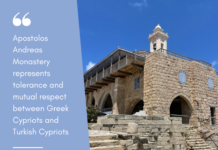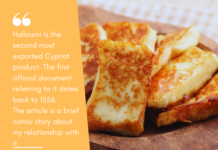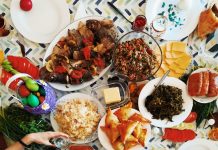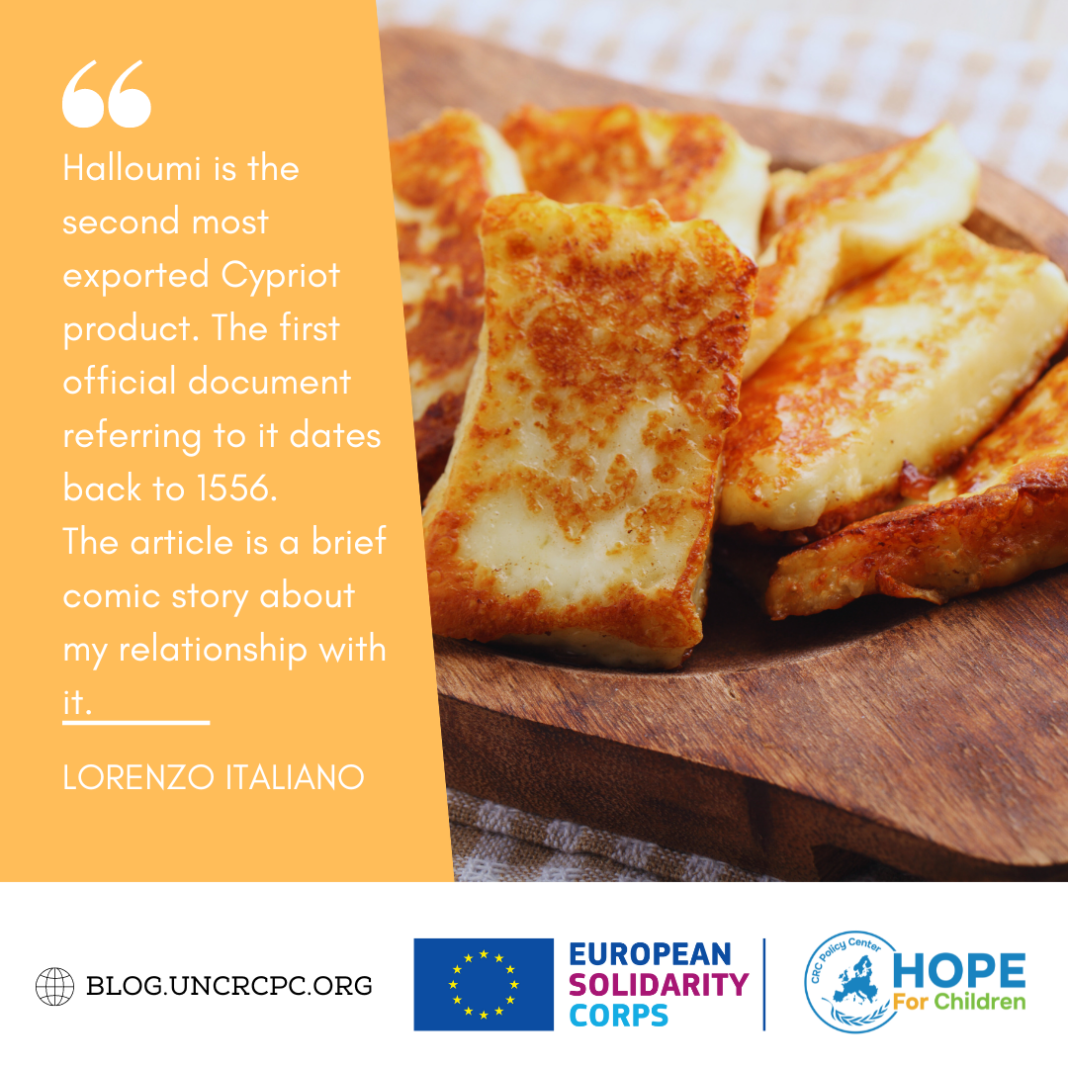By Lorenzo Italiano
This is the fifth article, being written when I am almost at the end of my ESC project. In the majority of the articles that I wrote up to now I preferred to talk about hate speech, digital intelligence, in my first article I talked about recycling because I was so bothered by the lack of attention about waste pollution that is being given here not just by the government but also by the local population, and actually living here and after getting to know the context quite deeper it made me questioning if the environmental struggles and battles are a privilege of the countries that for example do not have to deal with an occupying force which has split the island in two. An honest doubt that I cannot give an answer yet.
Usually, I preferred to make some research and write something meaningful for the 2-3 users maximum (hopefully real human beings, not robots or any other artificial intelligences) that would really read the Youth Blog, hopefully also future ESC volunteers. But as I have to admit myself, publishing articles on the Blog will not make me win a Pulitzer Price and by the time that I am approaching to the end I feel way more tired; happily tired.
So, in this article I will talk about the path I made from loving the Halloumi to have enough of it, a like any sort of healthy relationship, arriving to a point in which I told it that I needed a break because I am also still in love with mozzarella.
Halloumi is the second most exported Cypriot product. In 2014 it was submitted with its name to the European Commission as a Protected Designation of Origin. It has very ancient origins, and the first official document referring to it was written by the Venetians in 1556, historian says that the receipt is 1,500 years old. Historically and traditionally up to the present, the sheep and goat milks cheese has been a key component of the local cuisine. Back in the centuries it was a key product for the diet of locals as it satisfied the nutritional needs, but was also an instrument of socialization, bonding and networking among the families due to the fact the small quantities of milk that was produced by families from their own animals, and then all the neighbors collected the necessary quantity of milk and gave it to one person who would have made the Halloumi.
Halloumi is a cheese that, if you want to have it fresh, you must come to Cyprus and have a taste of it, and it’s worth. At the beginning I was eating huge quantities of it, I filled my luggage of it during my trips back home in Italy, I even used it for cooking pasta as I prefer to prioritize the use of local products in my diet (while remaining attached to my cultural identity, and food for the Italian is a key aspect of our identity despite many love to joke about, thereby doing a slow form of hate speech), also for environmental reasons. The colleagues understood so and for the secret Santa I received a box of 2 kilos of fresh Halloumi. I loved but when after the two kilos I decided to take a healthy break because I guess I made some indigestion of it, to the point I cannot appreciate it anymore.
For whoever comes to Cyprus is mandatory and warmly suggested to try it, especially the grilled one.














